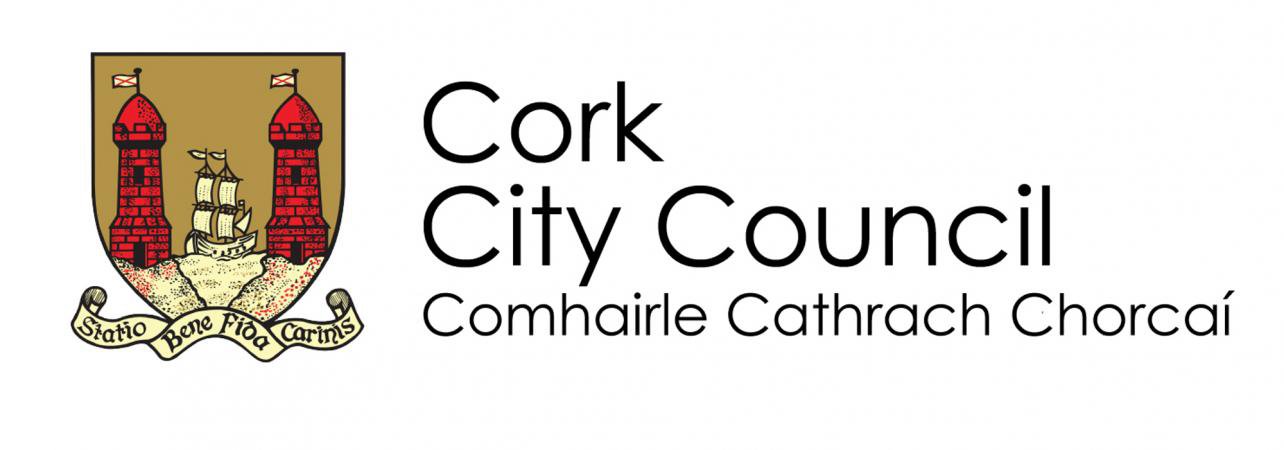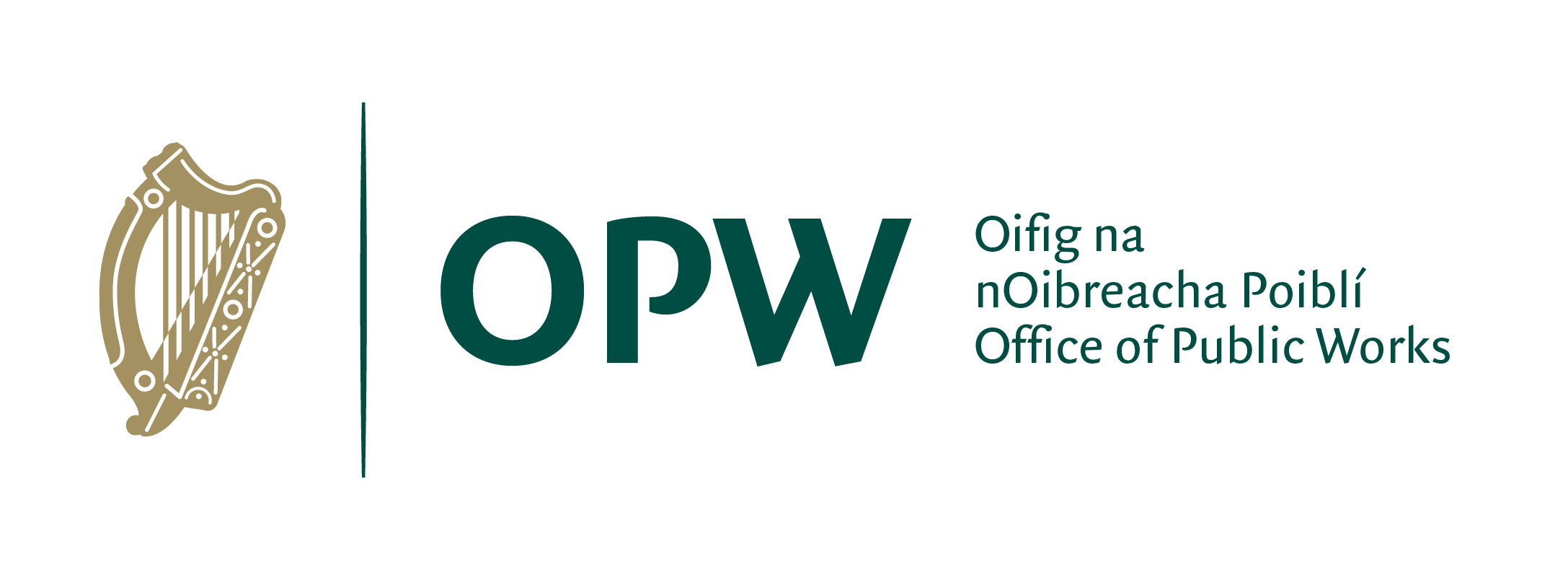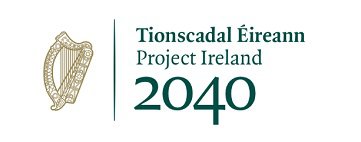Key Changes in Environmental Impact Statements introduced by Directive 2014/52/EU (EIA Directive)
November 2017
The new EIA Directive (2014/52/EU) amends the preceding EIA Directive (2011/92/EU) on the assessment of the effects of certain public and private projects on the environment. The new EIA Directive was required to be transposed by member states by 16 May 2017, necessitating changes in Irish laws, regulations and administrative provisions across a number of legislative codes. At the time of writing this information note (8 November 2017), the legislation necessary to transpose the Directive into Irish law has not yet been adopted, however the provisions of the new Directive are deemed to apply from 16 May 2017. Compliance with the new Directive requires revisions from what was previously required.
The report on the environmental impact assessment previously prepared for Glashaboy FRS is referred to in the Irish legislation as an Environmental Impact Statement (EIS). Directive 2014/52/EU replaces the EIS with an Environmental Impact Assessment Report (EIAR). The revised information to be contained in an Environmental Impact Assessment Report (EIAR) (previously EIS) is detailed in Annex IV of the new Directive. The key differences between Directive 2011/92/EU (EIS) and Directive 2014/52/EU (EIAR) which will affect the information to be contained in the revised EIAR for Glashaboy FRS include:
Alternatives
The requirement for assessment of alternatives is changed from
‘An outline of the main alternatives studied by the developer and an indication of the main reasons for this choice, taking into account the environmental effects’
to
‘a description of the reasonable alternatives studied by the developer, which are relevant to the project and its specific characteristics, and an indication of the main reasons for the option chosen, taking into account the effects of the project on the environment’.
Changes to Prescribed Environmental Factors
- ‘Land’ is added. ‘Human Beings’ is replaced by ‘Population & Human Health’ and ‘Flora & Fauna’ is replaced by ‘Biodiversity’
EIA Quality
- Requirement for quality control in EIA preparation and review (competent expertise)
Other changes
The amendments also introduce new provisions regarding the need to address, where relevant:
- demolition works as part of a project description (where relevant)
- use of natural resources during construction & operation
- impacts of climate change on a project as well as impacts of a project on climate change
- protection of the marine environment
- risks to human health, cultural heritage or the environment (due for example to accidents or disasters).
Impact on the Glashaboy Flood Relief Scheme
As a result of the changes to EU legislation on environmental matters as outlined above the proposed programme of works for the Glashaboy Flood Relief Scheme has been impacted.
The programme has been impacted due to:
- A requirement for re-consultation with certain statutory bodies as additional matters not previously considered under the old EIS now must be considered.
- Appropriate time allocated for response to any new queries as a result of the re-consultation.
- Time for incorporation of these responses and any impacts they may have on the current scheme
- Additional time for review of the EIAR by the Department of Public Expenditure and Reform (DEPR)
The impact on the project programme is shown under the Project Information section of this website.



